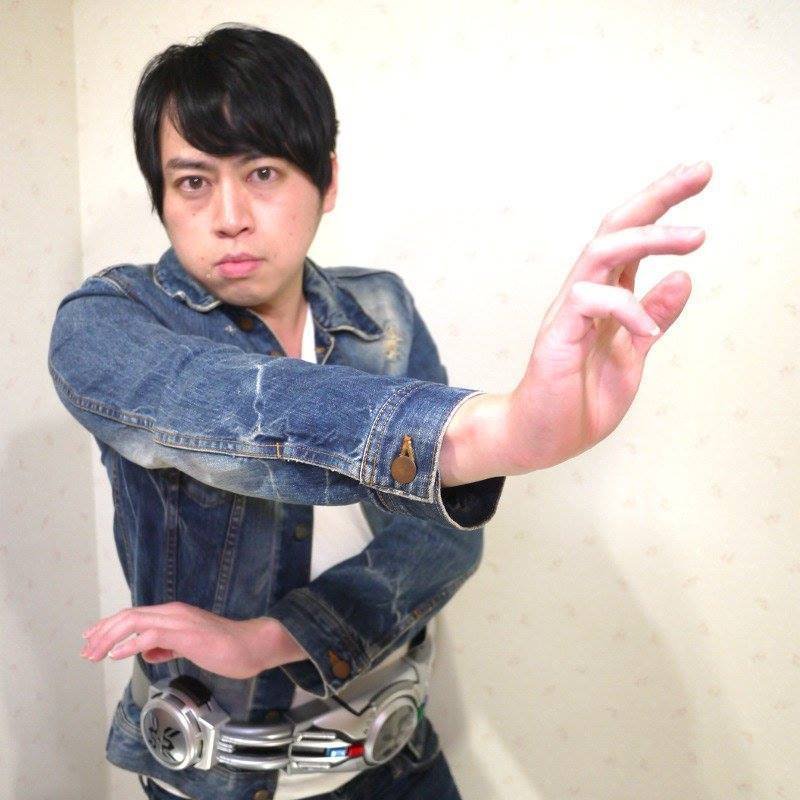The notion of fan culture, or fandom, certainly isn’t anything new. In the simplest sense, it’s a community of individuals that share a passion for a particular piece or style of entertainment and it applies to almost every genre.
There was Beatlemania and there are still Dead Heads. There are Twi-hards and Potterheads and Trekkies and extreme ‘Star Wars’ fans. The list goes on and on. Just head over to any Comic-Con and you’ll get the idea.
While there are many different fan communities out there, a majority of them have touched on science fiction, anime, comic books, manga, movies, and video games. Fan productions, fan sites, and fan fiction have flooded not only the Internet, but also real life. Simply walking down the street in Japan will likely afford you the chance to catch a glimpse of teens (and some adults) dressed as their favorite characters. And, the phenomenon is making its way to the West.
Japan has a long history of fandom, and it really is its own subculture known as the ‘otaku’ phenomenon. Dating back to the 1980s, the term itself refers to people with obsessive interests focused on anime, gaming, and manga. Originally loaded with a negative connotation, today otaku is a central theme particularly among Japan’s youth much like American youth refer to themselves lovingly as ‘sci-fi nerds’ and ‘film geeks.’ Though otaku was birthed from the anime boom, it has since branched off into a variety of groups.
Although there is extreme fandom in both Japan and the United States, it is important to remember that there are differences between the two cultures. Despite the fact that the otaku phenomenon is pretty much global these days, the term itself means different things to different people. In the United States, many fans consider otaku strictly for anime and manga fans while in Japan it is much broader since it encompasses a variety of media like anime, comics, and so forth. However, there are other views of otaku in the States – for example, many people view the phenomenon as something more than an extreme passion for anime, but for Japanese pop culture as a whole.
In recent years, otaku culture as well as extreme fandom has become apparent in the West. This is in thanks, partly, to the growing influx and popularity of both manga and anime in the United States. These art forms were once considered underground but are moving increasingly into mainstream entertainment than ever before, and the entertainment industry is paying attention.
Perhaps the biggest part of sci-fi fandom in both Japan and the United States is cosplay, or ‘costume play.’ It’s basically a type of performance art where fans dress as their favorite characters. For example, you might see characters from the works of Hayao Miyazaki, popular anime series like ‘Is It Wrong to Try to Pick Up Girls in a Dungeon?’ ‘JoJo’s Bizarre Adventure,’ ‘Call of Duty,’ or even ‘Warcraft.’
Many fans enjoy dressing up as characters that they feel bring them strength or may even challenge them to learn a new set of skills. In both markets, fans participating in cosplay often invest a considerable amount of time and money into creating their looks. Many don their costumes on a regular basis, or at conferences and events. However, this cosplay can also be put to good use, as CEO Bobby Kotick realized when he founded Call of Duty Endowment back in 2009. Based on the popularity of the popular video game, Kotick created the Endowment as a way to help veterans find careers after serving in the military. It also raises awareness of the value that U.S. veterans bring to the workplace. Since its founding, the organization has helped almost 20,000 veterans secure high-quality careers.
Fans are now an undeniable force, driving business decisions, powering box office success, saving shows from cancellation, and even bringing improvement to society through organizations like Kotick’s all the while cultivating a tight-knit community that outsiders may view as strange to say the least. Fandom – and otaku – is now well beyond just a category, it is a community with purpose.






How Japan’s Comics Have Changed Over Centuries - Henshin Justice Unlimited
February 18, 2016 @ 8:21 am
[…] This isn’t the manga that we’re accustomed to and anime was a long way behind it too. The collection contains around 250 different pieces from the end of the Edo and start of the Meiji eras. There are also a number of comics from later eras, such as the Taisho, that really show how comics changed into what we know today. Each piece is explained in detail to the viewer and the culture of the time is dipped into too. This really explains the joke to the reader, as many of the comedy elements wouldn’t translate for western cultures. […]